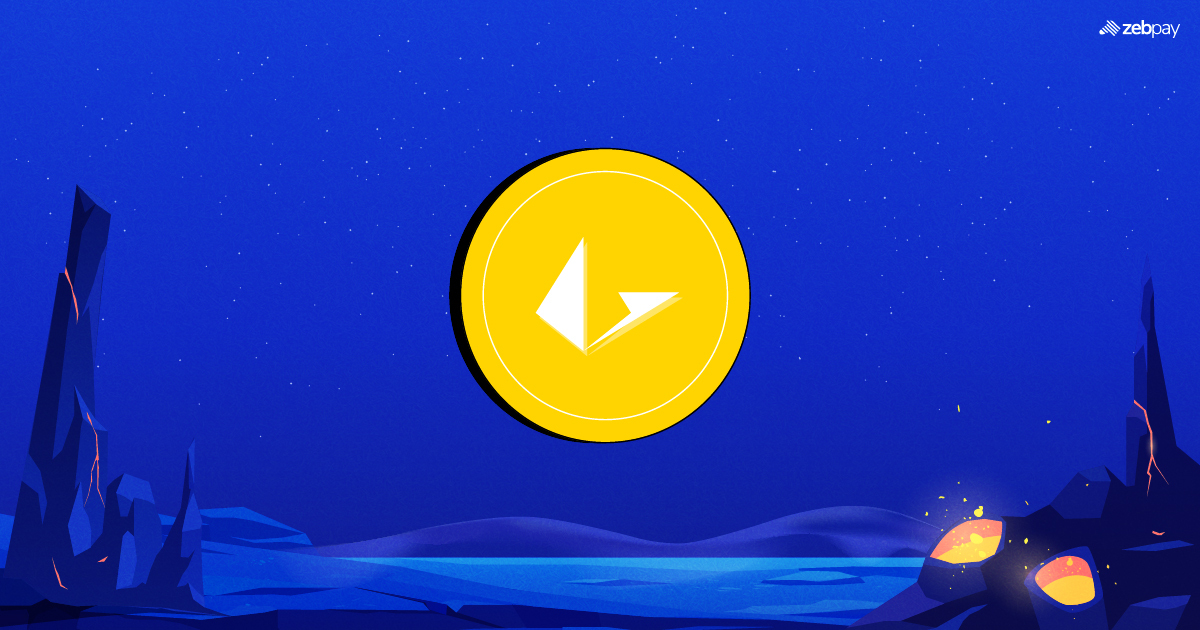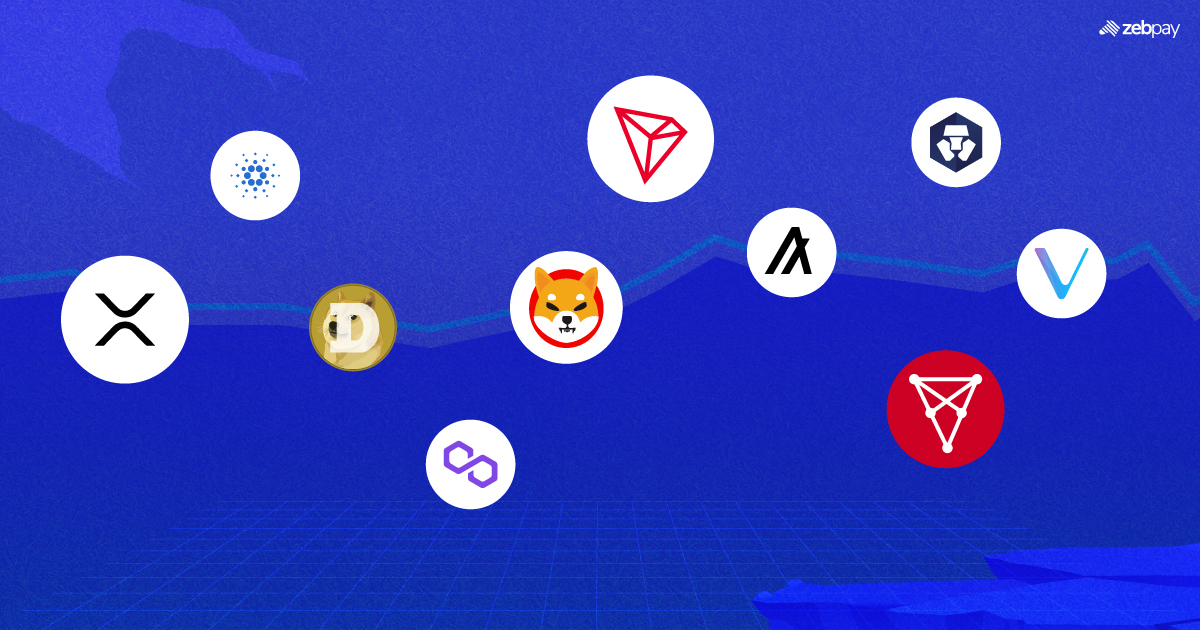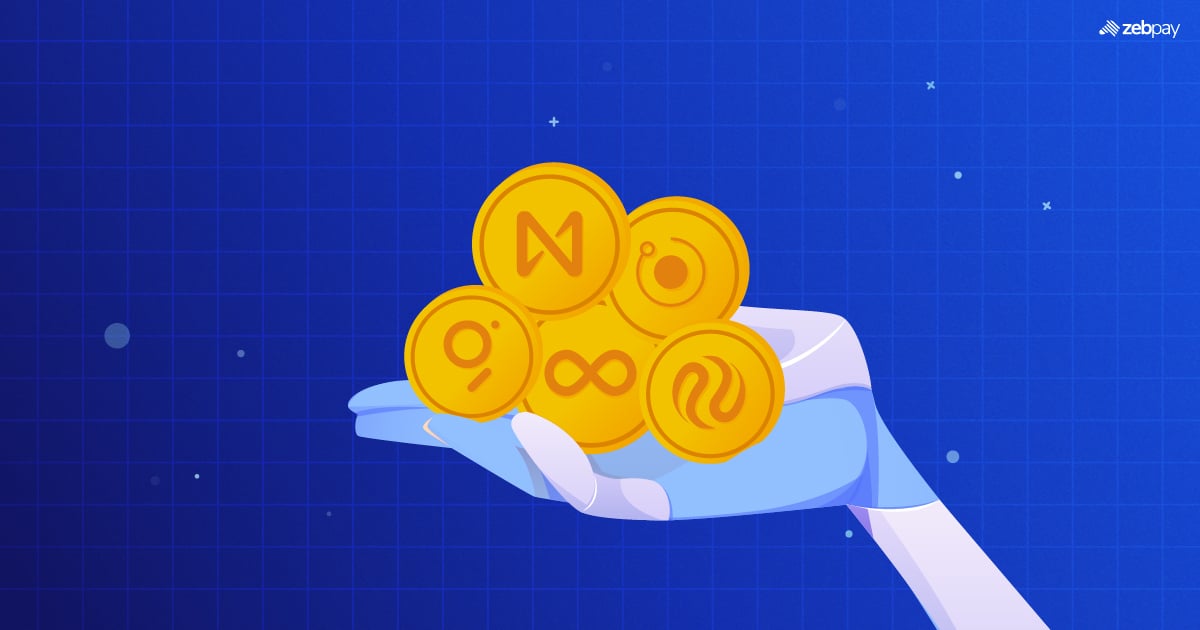Ethereum is one of the most popular blockchains on the market right now. However, some key factors prevent its wider adoption. The most important one is network congestion. The Ethereum network experiences slowdowns and astronomically high transaction fees during high demand. Loopring is looking to address Ethereum’s network congestion and transaction fees with its “layer 2” solution.
About Loopring
A layer 1 system is the blockchain itself. This part of the network conducts all transactions. It also processes blocks and adds them to the blockchain once approved. Layer 1 is like the base infrastructure of the blockchain’s network.
Unfortunately, it is difficult to make significant changes to layer 1 as it is the foundation on which everything functions. Instead, layer 2 solutions are created to ease the load on the blockchain. Loopring is a decentralised exchange that uses layer 2 solutions to process trades on its platform faster.
This increases the number of transactions possible and allows the network to process trades 1,000 times faster than Ethereum. This comes without high transaction fees and reduces congestion on the base Ethereum blockchain.
Read more: What is Blockchain layer 0,1,2,3
How Does Loopring Work?
Loopring’s key innovation is the inclusion of zero-knowledge proofs in the form of zkRollups.
A zero-knowledge proof is a technique in cryptography that allows a platform to say something is true without offering any other information. Therefore, through zero-knowledge proof, a website could know you are eligible to access it without providing a birthdate or personal information. This makes Loopring highly secure and resistant to privacy leaks of its users.
Using this principle, Loopring “rolls up” or combines many transactions into a single bundle. This bundle is processed simultaneously on the Ethereum blockchain instead of each transaction being processed separately. Since Loopring implements zero-knowledge proofs, Ethereum also knows that all transactions are accurate and do not have to be verified individually.
Loopring does not use Proof-of-Work or Proof-of-Stake for its consensus procedures. Because of the application of zero-knowledge proofs, you can trust that every transaction is secure as it is based on the same system. Loopring instead employs a unique security measure based on a multi-layered Merkle Tree
Read more: Proof of Work vs Proof of Stake
Key Features of Loopring
zkRollups
As mentioned above, zkRollups are the fundamental reason Loopring is so beneficial for the Ethereum network. The ability to package trades together into a single bundle and process them securely without validation is a powerful tool for increasing the scalability of the network.
Decentralised Finance
Loopring is one of the many decentralised exchanges built on top of the Ethereum blockchain. It allows users to trade several tokens on the platform just like a centralised exchange. However, its systems allow trades to be low-cost and extremely fast.
Not just exchanging, Loopring also provides payments. Users can send ETH and ERC20 tokens to any Ethereum address using the same innovative systems.
Read more: Defi vs Cefi
LRC Token
The LRC token is the native token of the Loopring network. It powers all activities on the network including fees, rewards and liquidity. Whenever you make a trade on the Loopring network, you must pay fees in the form of LRC. 80% of this amount is used as rewards for liquidity providers while the other 20% is split between insurers and the Loopring DAO.
You can also choose to stake your LRC and earn rewards as a liquidity provider. This enables you to earn a passive income in the form of liquidity rewards.
How Does Loopring Make Ethereum Better?
Loopring solves one of the most prevalent issues that plague the Ethereum blockchain. Even after the Ethereum Merge, it continues to have problems with network congestion and high transaction fees. Through its payments system, Loopring makes it possible for all users of Ethereum to transact without spending obscene amounts in gas fees.
It also creates a new standard for decentralised exchanges (DEX) by introducing zkRollups. Many have followed in Loopring’s footsteps and implemented some version of zkRollups in their own projects after seeing the success of Loopring.
How To Buy Loopring?
LRC can be purchased from any crypto exchange of your choice. It will be tied to your account on the exchange and can easily be traded for any other asset. However, if you want to stake LRC or make any transactions in it, you must create a crypto wallet. This wallet must then be linked to the exchange you choose to purchase from. Once the tokens have been transferred to your wallet, you can stake it or send it to any wallet of your choice.
Is Loopring a Good Investment?
Loopring offers a unique alternative to the basic Ethereum blockchain by rolling up transactions into one. It reduces both the time taken and gas fees paid for trades on the network.
However, ever since the Ethereum Merge has gone through, users feel the necessity of Loopring has reduced. As there are more additions and improvements to the Ethereum blockchain, Loopring must also offer more features to maintain relevance.
It is difficult to recommend Loopring as a great investment due to Ethereum shifting its blockchain towards more scalability and energy efficiency.
Conclusions
Loopring was the first of many layer 2 solutions that implemented zkRollups to improve the experience of using the Ethereum blockchain. Since then, however, even Ethereum has come a long way and has begun the process of improving scalability through the Merge. Loopring still provides a decentralised exchange operating faster and at lower fees than alternatives in the space.
You can now buy Loopring(LRC) on ZebPay







